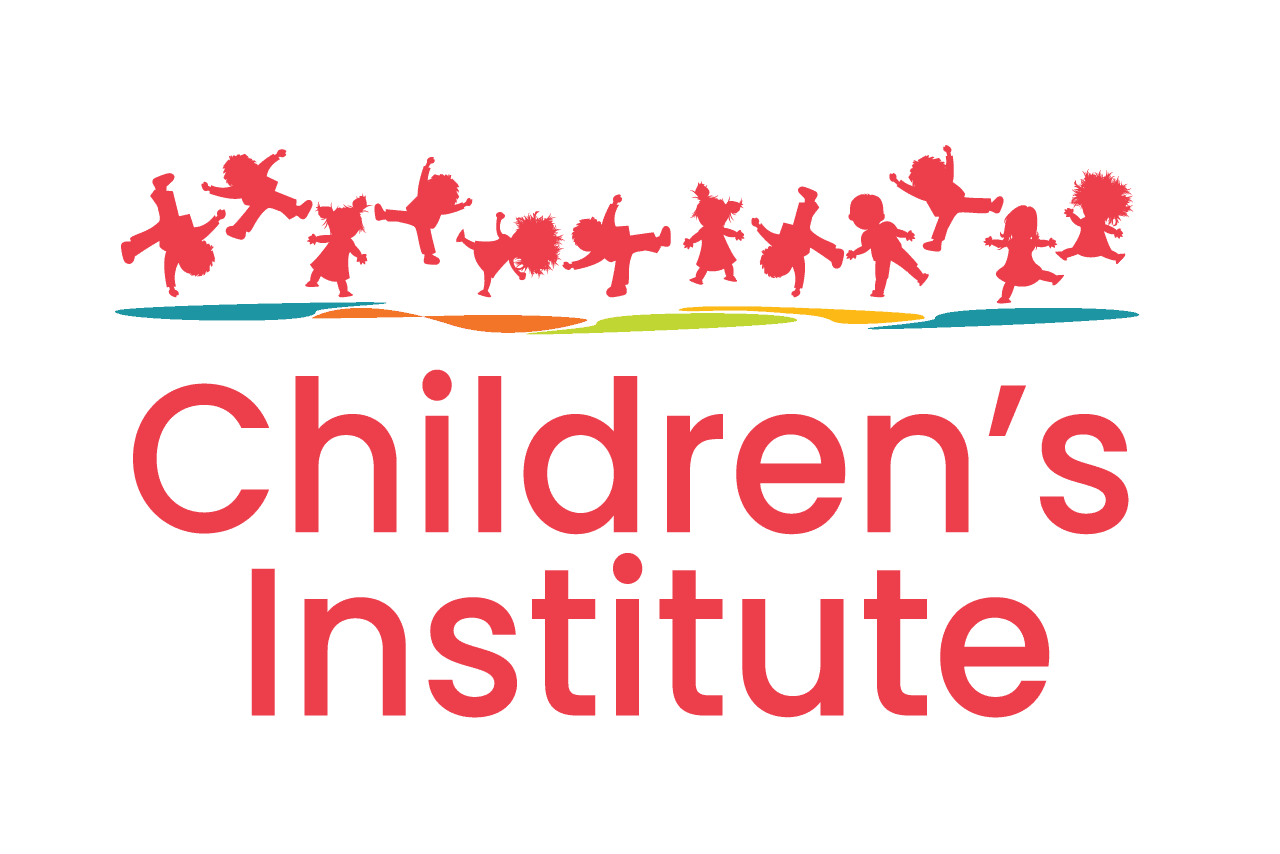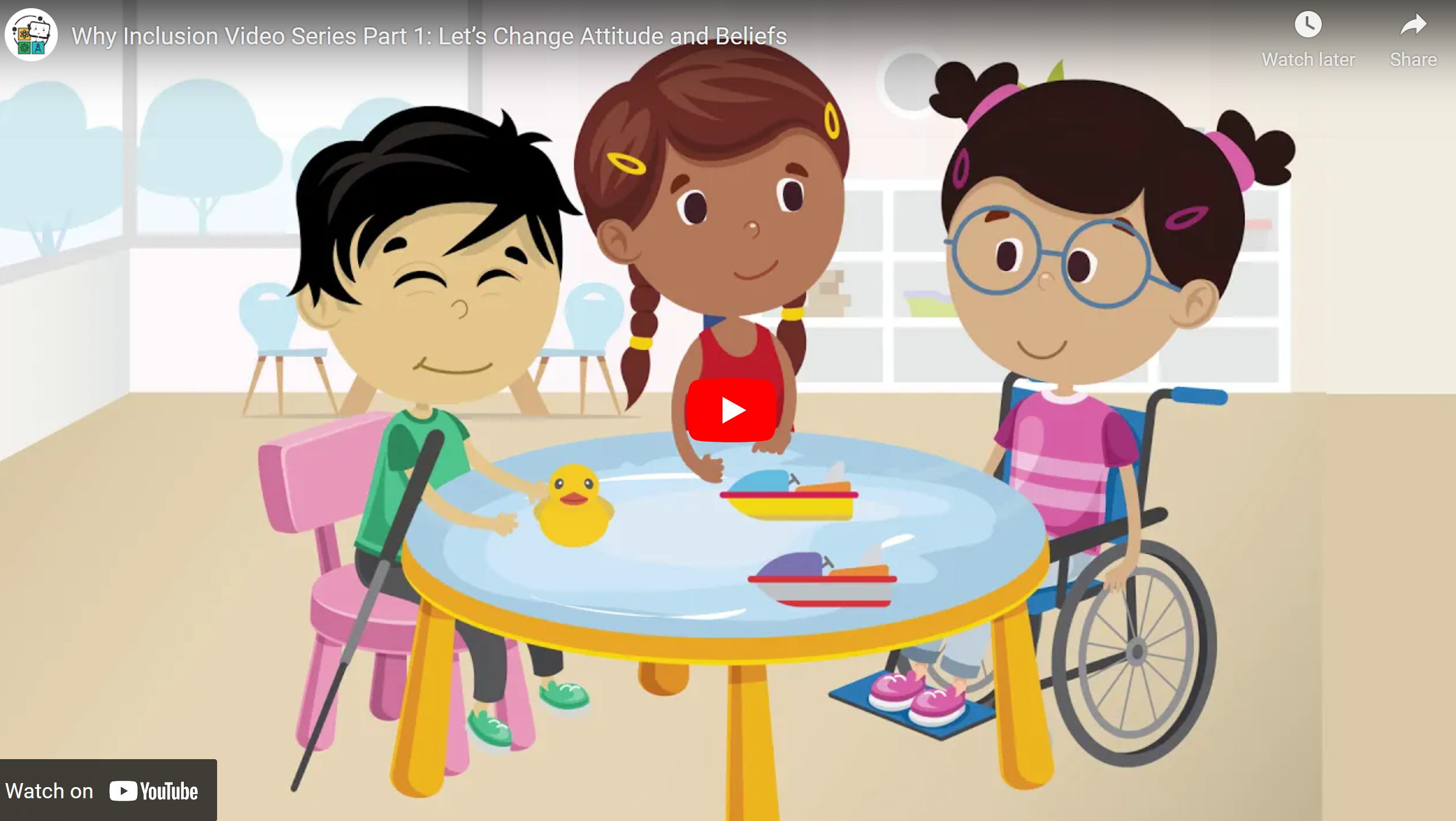Despite ample research showing that high-quality inclusive settings support children’s learning and development, children with disabilities are still not reliably included in many preschool programs. In fact, there has been virtually no improvement in this area over the past forty years. Why aren’t we moving the needle?
Attitudes & Beliefs
The first video in a new series from STEMIE outlines the attitudes and beliefs that will move us toward progress. These include:
- Optimism rather than pessimism about the capabilities of individuals with disabilities
- A belief that everyone belongs, rather than reliance on policies that permit participation only when certain behavioral expectations are met (for example, “A child must be toilet trained, must be able to walk into the classroom on their own, or must be able to communicate verbally in order to participate in a preschool program.”)
- An understanding that while high-quality inclusion is hard work, it is beneficial to everyone
Key Characteristics of High-Quality Inclusion
The second video in the series outlines the key characteristics of a high-quality inclusive education. These characteristics — which include the use of evidence-based practices, data-based decisionmaking, transdisciplinary service delivery, consistent environmental elements, and full utilization of peer influence — add up to a high-quality inclusive learning environment only when all are present. Without any one of them, the bar is not met.
Social Outcomes of Inclusion
Children who have a friend at ages three, four, and five are on a totally different developmental path than children who do not have a friend at those ages. The final video in this series discusses the social outcomes associated with participation in high-quality inclusive early learning.
Benefits to both typically developing children and children with disabilities include improved communication, cognitive, and academic skills, as well as reductions in challenging behaviors. For children with disabilities, early friendships are linked to better high school graduation rates, the need for fewer special education services, and increased longevity. And unsurprisingly, typically developing children who participate in high-quality inclusive programs develop more accepting attitudes toward individuals with differences, leading to a lasting potential social impact in all our communities.

